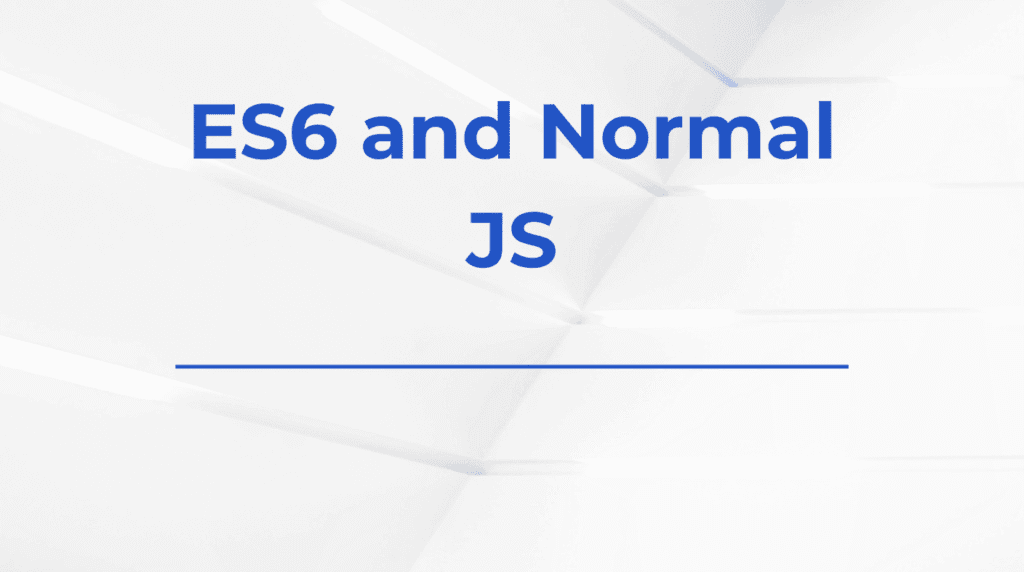Speed has always been a crucial factor in backend development, but it’s not just about the raw execution time. In today’s server-heavy applications—where APIs handle thousands of concurrent users, and milliseconds stack up—developers constantly battle with trade-offs between developer experience, maintainability, and performance. The central challenge lies in identifying which backend languages can handle high throughput, low latency, and concurrency-heavy operations without compromising on scalability or team productivity.
Raw Performance
When it comes to bare-metal speed, few languages can rival C, C++, and Rust. These are compiled languages that translate directly into machine code, giving them a clear advantage in CPU efficiency. Among these, Rust has been gaining significant traction in web backend systems. Its safety guarantees, zero-cost abstractions, and lack of a garbage collector make it ideal for high-performance web services. Many performance-intensive APIs are now choosing Rust for this reason.
However, raw speed is only one dimension. If it takes ten times longer to build and maintain a system, the performance gain may not justify the complexity. That’s why developer productivity and ecosystem support often trump absolute speed in production environments.
Event-Driven Models
Languages that support asynchronous, event-driven programming inherently perform better under high-concurrency loads. Node.js, powered by the V8 engine and written in JavaScript, may not be the fastest at raw computation, but its non-blocking architecture allows it to handle I/O-bound operations exceptionally well. This makes it suitable for applications with lots of simultaneous API calls or real-time interactions like chat servers and dashboards.
However, developers who have dealt with callback hell, memory leaks, or complex event chains know the limitations. Performance isn’t only about how fast code runs—it’s also about how predictably it behaves at scale.
Memory and CPU Efficiency
Go (or Golang), created at Google, is designed for fast startup time, low memory usage, and efficient concurrency using goroutines. It strikes a practical balance between low-level efficiency and high-level ergonomics. Many modern cloud-native APIs, especially in Kubernetes, Docker, and microservices, are written in Go because of this. It doesn’t match Rust’s raw speed but wins in development velocity and simplicity.
Java, despite being decades old, still ranks among the fastest due to its mature Just-In-Time (JIT) compilation, high throughput garbage collector, and strong threading model. Frameworks like Spring Boot are enterprise staples, optimized for performance and scalability. The JVM’s tuning options also allow a high degree of control, giving Java an edge in long-running backend applications.
Interpreted but Evolving
Languages like Python and Ruby are known more for developer friendliness than speed. Still, projects like PyPy and improvements in Just-In-Time compiling have significantly closed the performance gap. But even with optimizations, Python and Ruby typically lag behind in scenarios involving CPU-bound tasks or extreme concurrency.
That said, their readability, vast ecosystem, and ease of use often make them the first choice for startups and rapid prototyping. A well-written API in Django or Rails can outperform a poorly optimized service written in a “faster” language.
Real-World Benchmarks
Benchmarks vary based on what is being tested—file I/O, API latency, memory management, concurrency. Here’s a simplified comparative view based on backend-focused benchmarks (such as TechEmpower’s Framework Benchmarks):
| Language | Strengths | Relative Speed (API Latency) |
|---|---|---|
| Rust | Memory safety, blazing speed | Extremely fast |
| Go | Fast I/O, low memory, easy deploy | Very fast |
| Java | Mature, JIT-compiled, scalable | Very fast |
| Node.js | Async I/O, large ecosystem | Fast under I/O load |
| C++ | Unmatched raw performance | Fastest (if optimized well) |
| Python | Developer speed, readable | Moderate to slow |
| Ruby | Convention over config | Slow |
Concurrency Handling
Concurrency is often where performance really matters. The ability to serve thousands of concurrent users without spinning up heavyweight threads is critical. Here’s a breakdown of how some popular languages approach concurrency:
- Go: Lightweight goroutines and channels make concurrent programming clean and scalable.
- Rust: Offers fine-grained control over memory and threads, but requires deep understanding of ownership and lifetimes.
- Java: Thread pools and asynchronous libraries offer strong concurrent processing.
- Node.js: Uses a single-threaded event loop with asynchronous callbacks—efficient, but can be fragile under CPU-heavy tasks.
- Python: Threads are limited by the Global Interpreter Lock (GIL), though asyncio and multiprocessing modules offer partial solutions.
Developer Productivity Trade-offs
Performance is only valuable if it doesn’t ruin the developer’s life. A faster backend language isn’t always the right backend language if it slows down feature development. Languages like Go and Node.js tend to hit a sweet spot between speed and simplicity. Rust and C++ are faster, but introduce cognitive load. Java and .NET may be verbose, but offer mature tooling and team scalability.
The time spent debugging memory issues in C++ or fighting compiler errors in Rust could offset performance gains, especially in projects where speed isn’t the bottleneck.
Use Case Dictates the Winner
The fastest language isn’t universal—it depends on context:
- For CPU-heavy computation or systems programming: Rust or C++
- For scalable microservices and cloud infrastructure: Go
- For high-concurrency I/O applications: Node.js
- For enterprise-grade services with mature frameworks: Java
- For rapid development or data scripting: Python
Micro-optimization obsession in low-priority parts of your stack can be a distraction. It’s far more important to choose a backend that your team can build, test, and deploy confidently—then optimize hotspots when performance metrics demand it.
Conclusion
The fastest backend language is not a single answer—it’s a moving target shaped by system demands, developer expertise, and project scope. Rust delivers unmatched speed and safety, Go offers simplicity with performance, and Java continues to evolve with modern tooling and scalability. But speed doesn’t live in isolation. It coexists with maintainability, productivity, and stability. In that balance, the right backend language isn’t always the fastest—it’s the one that lets you deliver fast.









